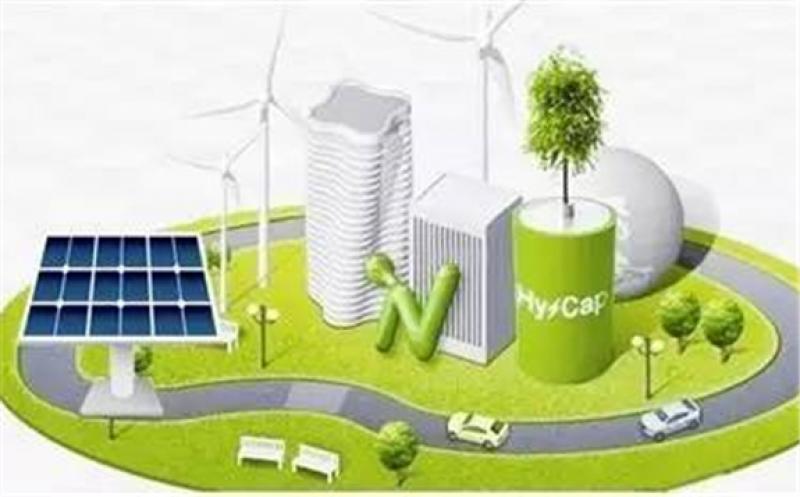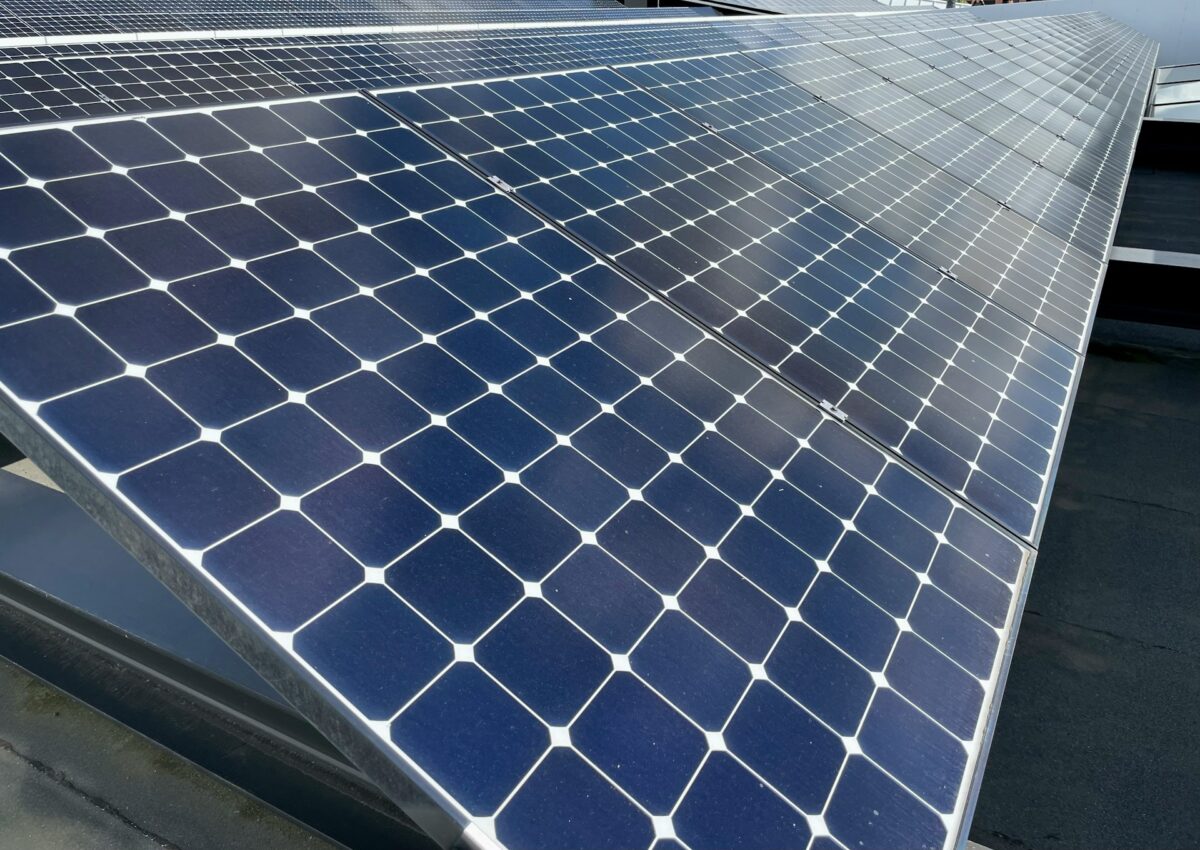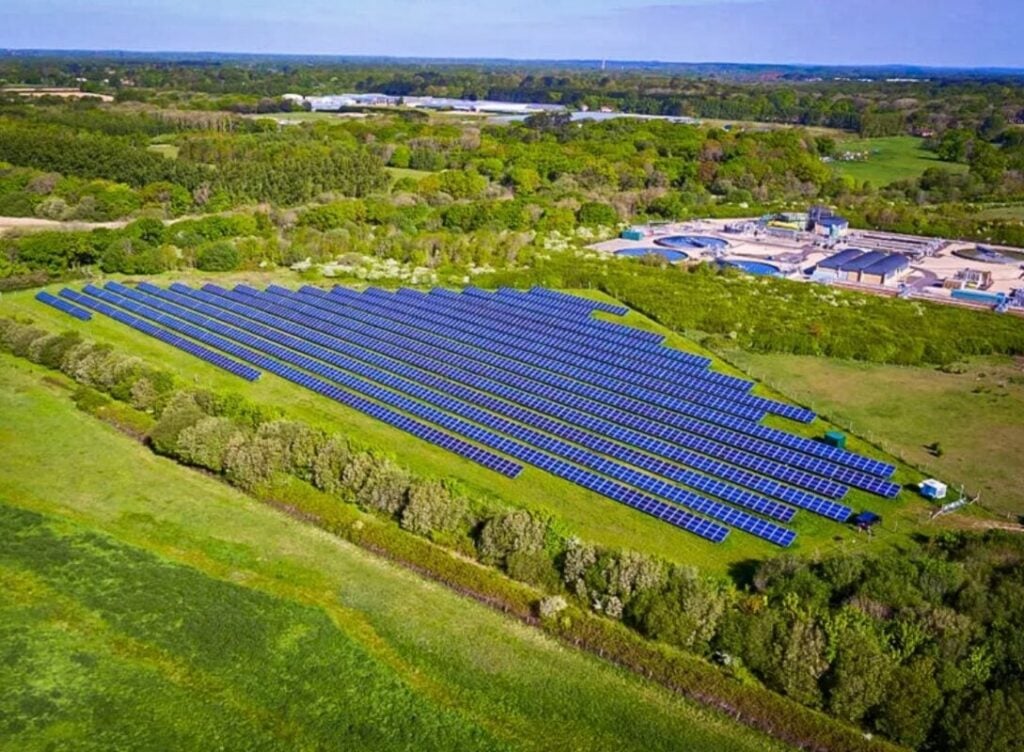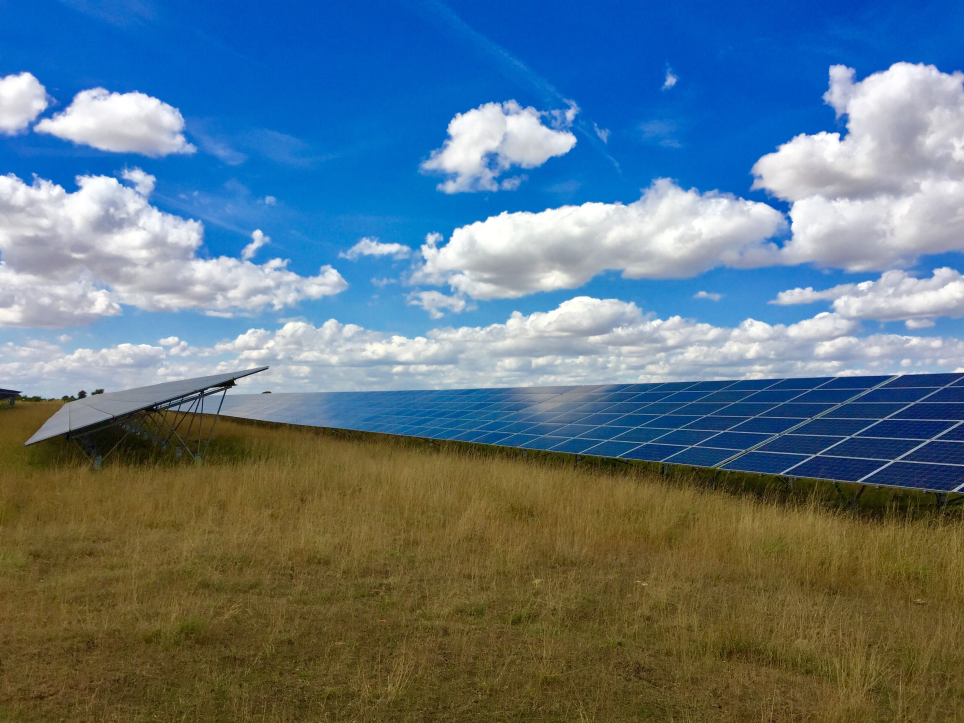2020 was a transformative year for the power sector, underlining both new challenges and potential opportunities. We not only saw how severe weather event threats, such as the wildfires and public safety power shutoffs in California, continued to illustrate the fragility of our existing centralized electric distribution system, but we simultaneously experienced the struggle of surviving the negative impacts of a global pandemic.

The need for a reliable power supply has never been more evident. While the crisis initially forced businesses to rethink their operations and quickly adjust their finances, it’s critical they invest in long-term solutions that strengthen resilience as we look to recovery in 2021. Microgrids, for example, can help aid society during periods of disruption—from pandemics to storms to economic downturns—and support business continuity.
Microgrids offer a viable technology solution to help consumers upgrade their energy infrastructure. With their ability to integrate cleaner resources into our power mix, provide greater control over energy costs, and increase resilience, they’ve revolutionized the way we consume electricity. As we look at the year ahead, we can expect to see three trends in the power sector that will continue to drive the microgrid market.
1. Less-Complex and More-Repeatable Solutions Will Expand the Pool of Microgrid Candidates
As we experienced over time the first-hand benefits microgrids offer, more cities and businesses considered the technology as part of their energy infrastructure strategy. However, accessing the benefits hasn’t necessarily always been easy because of the technical complexities that once existed. For example, many potential customers lacked the expertise to determine the best mix of generating assets for their microgrids or they found the control technology to be difficult to manage.
While we’ve experienced many technological breakthroughs in the last decade to reach more advanced and smarter microgrids, there will be a greater focus on reducing their complexity in 2021 and beyond to make them accessible to wider audiences. Technology providers will continue to focus on developing simplified microgrid solutions that can further drive down cost, minimize risk, and increase simplicity (or shift the complications away from the customer altogether) to make them a less daunting investment for smaller facilities.
The introduction of cloud data and analytics to microgrid development is one way the industry has started to shift the technical struggle away from the customer. For example, machine learning (ML) and powerful computing for insights around weather, pricing, and other parameters are now readily available to help users determine microgrid asset decisions and guide operations on any given day. By managing data in the cloud, the integration of distributed energy resources (DER) is simplified, and microgrid operators can monitor, forecast, and automatically optimize onsite resources using real-time data and predictive algorithms.
Additionally, pre-packaged microgrid solutions are quickly making their way into the market to further simplify the deployment of microgrids. Instead of designing and building a system from the ground up on a site, we are now creating mass-produced solutions in the factory that can be quickly and easily deployed by customers of similar size and with comparable needs. As installation work at the customer’s site shifts to the factory, customers can reduce both risk and cost while maintaining uptime by shortening the amount of time to deployment.
2. Increased Usage of Battery Energy Storage in Microgrids to Drive Renewable Generation
Battery energy storage systems are needed to achieve the full potential of intermittent renewable energy sources and play a critical role in transitioning away from fossil fuel dependence. The ability of batteries to absorb power from any type of generation and discharge power has significant value for regions with high levels of renewable energy. As more of our electricity starts to come from wind and solar, battery systems can store excess electricity when the sun is shining and the wind is blowing, then deliver it during peak usage hours.
The surge in lithium-ion battery production in the last decade has led to a decline in prices, making energy storage more commercially viable today than ever before. Average costs per unit of energy capacity decreased by 61% between 2015 and 2017, according to the U.S. Energy Information Administration. Coupled with their ability to allow easier integration of renewable energy, we can expect a growing number of future microgrids will include battery energy storage systems that can serve as the anchor resource during an outage, meaning the storage system will maintain the desired voltage and frequency at the site while the microgrid is islanding. This expanded value proposition for microgrids not only promises resilience, but also greater sustainability with a better price point.
Although energy storage is not essential to a functioning microgrid, it is a flexible, versatile distributed energy resource that can provide significant benefit to a microgrid. For commercial and industrial customers, the integration of energy storage in their microgrid directly benefits them by helping them manage their energy costs and ensure a reliable clean power supply.
3. Growth in Strategic Partnerships Will Drive More Flexible “as-a-Service” Business Models
As a way to invest in microgrids with little to no upfront capital expense and minimal risk, the Energy-as-a-Service (EaaS) financial model addressed the biggest financial barrier to microgrid deployment and has been a key driver to the uptick in adoption. In recent years, we’ve witnessed a significant increase in mixed or third-party ownership business model structures in efforts to increase power resilience and efficiency, and this trend will continue.
An as-a-service model can provide a project tailor-made for the end user—with less risk, and without the development and operational hassles. While many entities may have ambitions around changing how they consume their energy and reaching carbon reduction goals, the way to achieve these may be unclear or require them to take risks they may not be prepared to mitigate. By shifting those risks away from the end-user to companies built to address them, the as-a-service model enables more businesses and institutions to pursue microgrid solutions.
Given EaaS microgrid development requires multiple levels of expertise, joint ventures are forming between major energy technology companies and capital providers to accomplish the task. AlphaStruxure, for instance, is a joint venture of The Carlyle Group and Schneider Electric that launched last year to bring microgrids to airports, seaports, and other large infrastructure, and commercial and industrial projects. Last year, Schneider Electric formed GreenStruxure with Huck Capital, a San Francisco-based private equity firm focused on clean energy, to target microgrids for small- to medium-sized buildings, those with an electrical load less than 5 MW.
In summary, 2021 appears poised to be a year of rapid growth for microgrids. This growth looks to be fueled by less-complex, more-repeatable solutions, the multiple use cases achievable with battery energy storage systems, and by innovative as-a-service business models. Today’s power grid will be significantly enhanced and modernized by the resilience and sustainability that tomorrow’s microgrids will bring to the mix.
This article is reproduced at www.powermag.com







